Ever looked at your empty jars, old jeans, or used toothbrush and thought they might still have a purpose? Truth is, your home is full of hidden treasures waiting to be transformed into garden gold.
With just a little creativity, everyday household items can help you grow healthier plants, keep pests away, or even make your outdoor space more charming.
This isn’t about spending money, it’s about seeing potential in what’s already around you. From quirky containers to pest repellents and pollination helpers, these ideas are practical, fun, and surprisingly effective.
Start scrolling, and you’ll never look at your household trash the same way again.
#1 Electric Toothbrush Pollinator
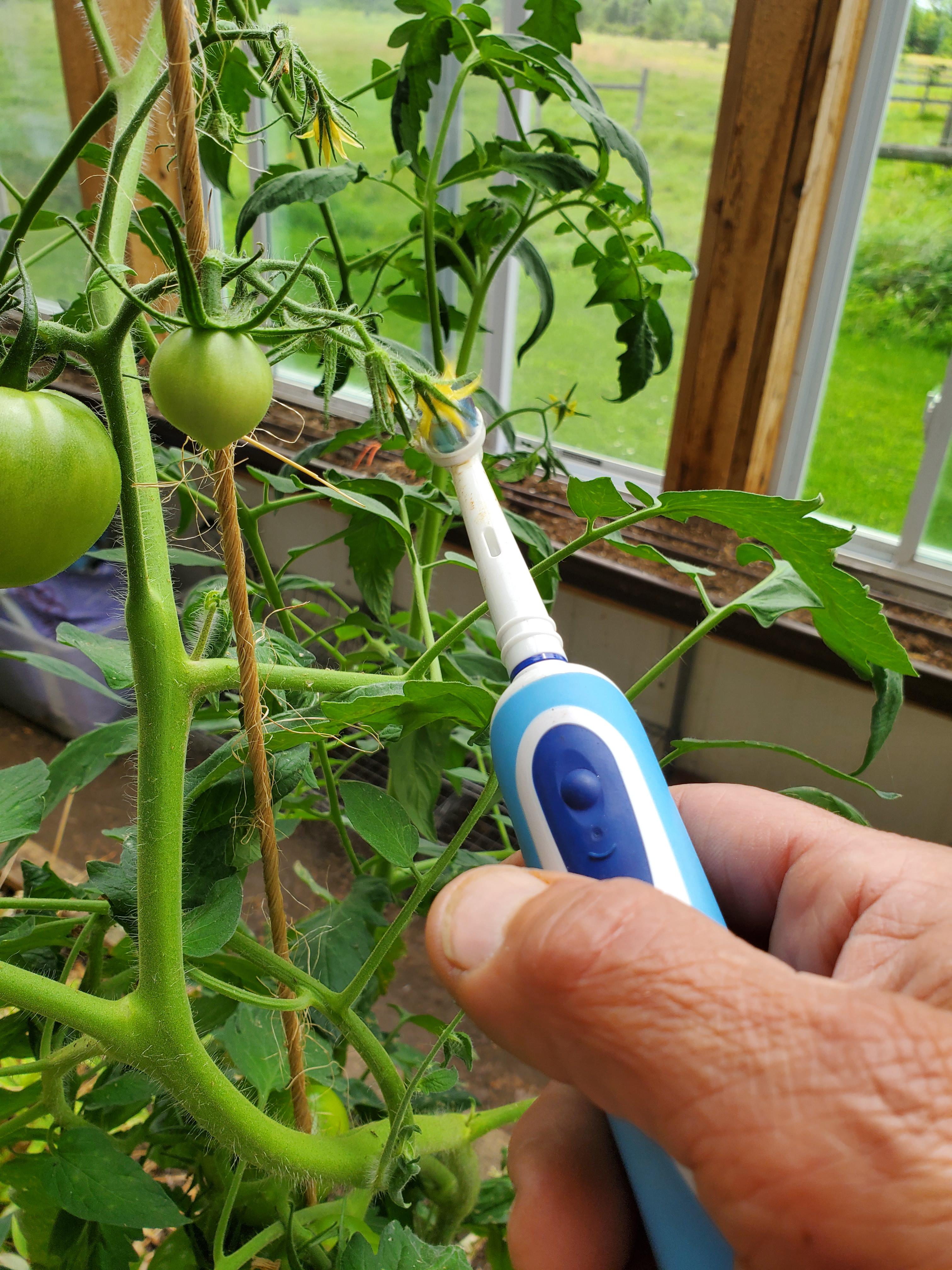 Source: Reddit
Source: Reddit
Who knew your old electric toothbrush could help you grow more tomatoes? The gentle vibrations from the brush mimic the buzzing of bees, making it ideal for hand-pollinating indoor or greenhouse plants.
Just hold the back of the toothbrush near the flower stem for a few seconds. No need to touch the petals directly. This simple method helps release pollen and increases your chances of fruit development.
It’s especially handy for tomatoes, peppers, and other self-pollinating plants that thrive with a little help. A quiet buzz today can mean a bigger harvest tomorrow.
#2 Keep Cut Flowers Fresh With Sugar
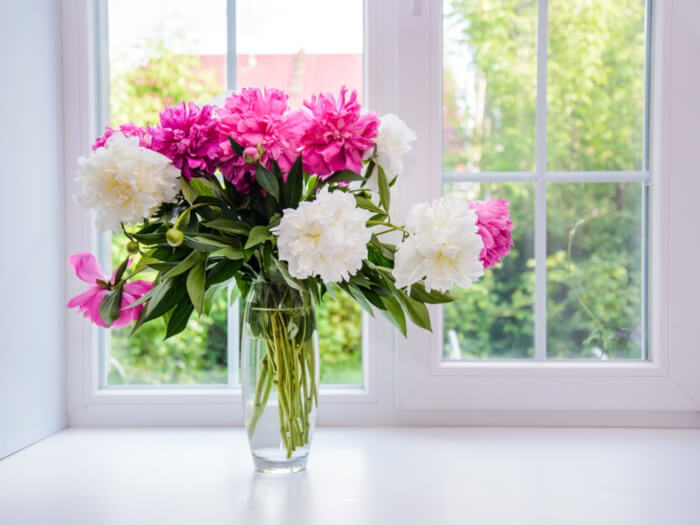 Source: Gardeningknowhow
Source: Gardeningknowhow
Want your vase of blooms to last a few extra days? A little sugar can work wonders. Stir a teaspoon of sugar into the water to feed the flowers and help them stay vibrant longer.
You can also add a few drops of bleach to keep the water clear and bacteria-free. This simple kitchen trick revives tired stems and brings new life to your bouquet.
It’s one of those little secrets that turns a fleeting centerpiece into a long-lasting mood booster on your table or windowsill.
#3 Store Seeds in Empty Tic Tac Boxes
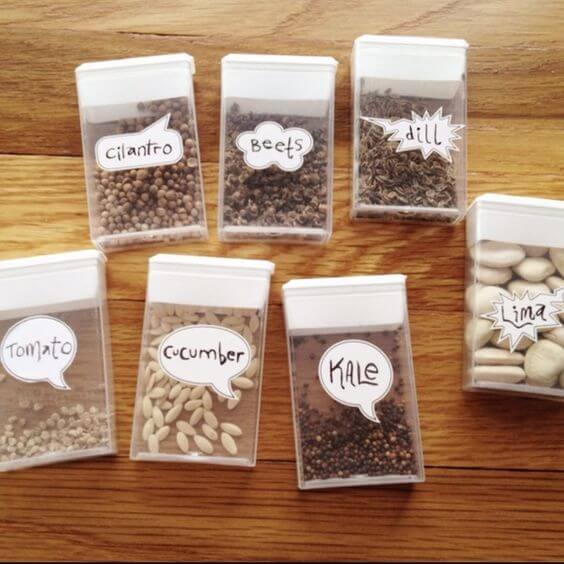 Source: Craftionary
Source: Craftionary
Don’t toss those tiny Tic Tac containers; turn them into seed savers instead. Their flip lids make it easy to shake out just a few seeds at a time, and their clear sides let you see exactly what’s inside.
You can label each box with plant names using stickers or markers, keeping your garden stash neat and ready. These little boxes also protect seeds from moisture and pests, so your next planting session is always organized.
#4 Repel Birds with Old CDs
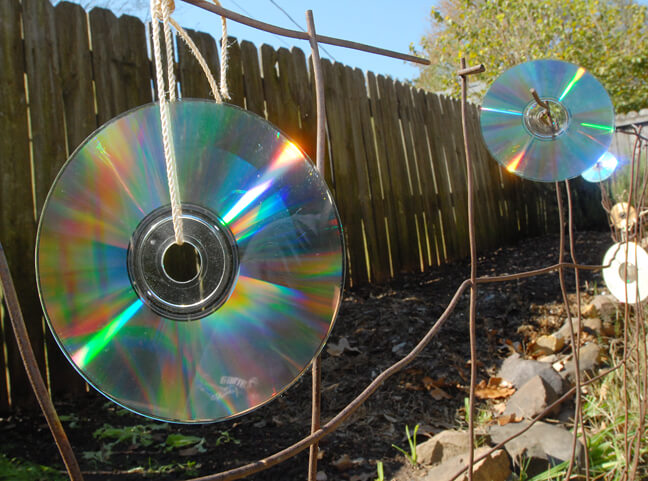 Source: Rufusguide
Source: Rufusguide
Got a stack of scratched or unwanted CDs lying around? Give them a second act as bird deterrents in your garden. The shiny surface of CDs reflects sunlight in all directions, creating flashes that scare birds away from your fruits and seedlings.
Just tie a piece of string through the center hole and hang them from tree branches, garden stakes, or trellises. For extra effect, let them swing freely so the glints change as the wind shifts.
#5 Soda Bottle Planter
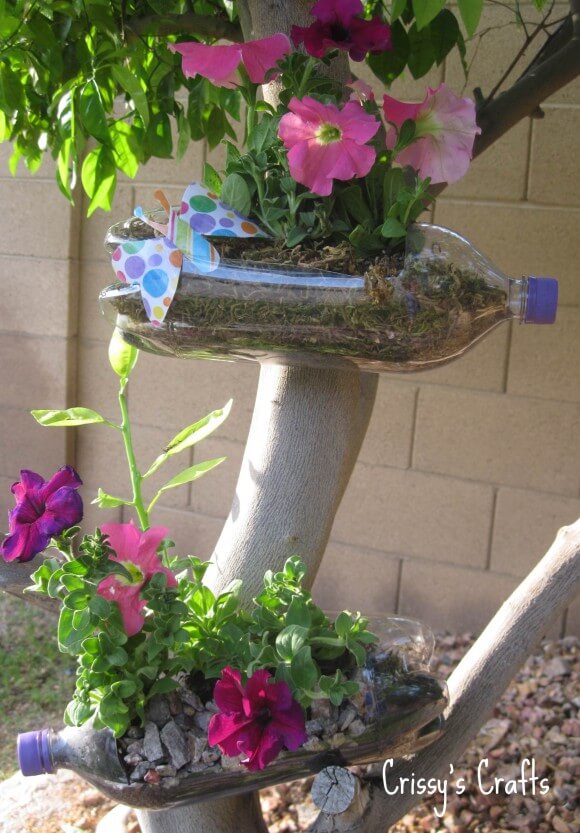 Source: Dollarstorecrafts
Source: Dollarstorecrafts
#6 Adorable DIY Garden Markers
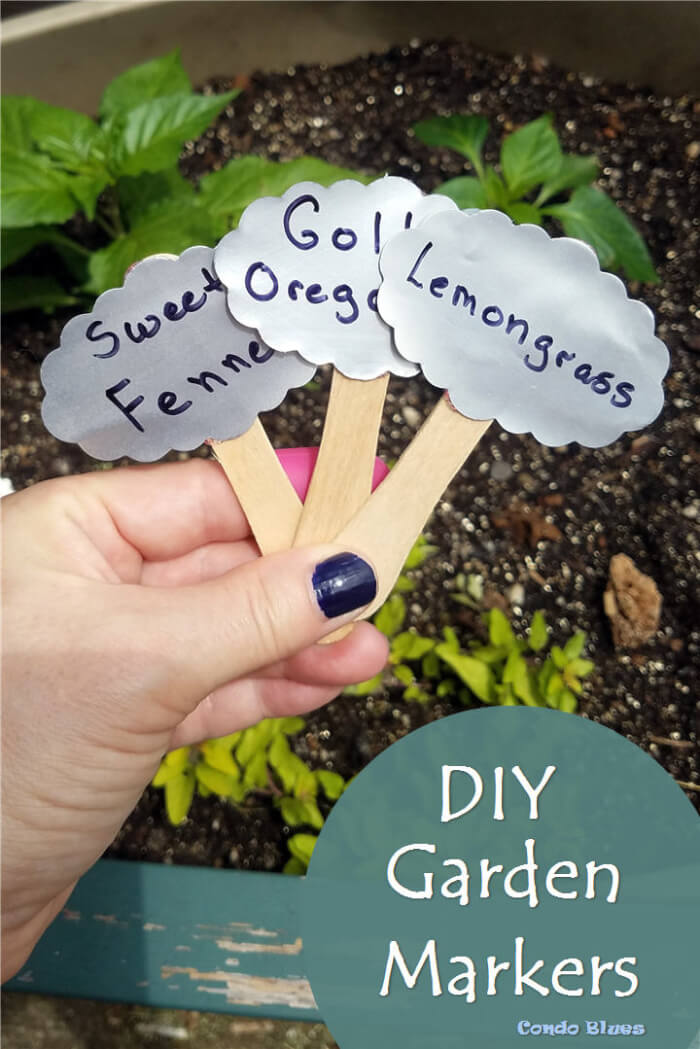 Source: Condoblues
Source: Condoblues
#7 Use Mayonnaise to Shine Plant Leaves
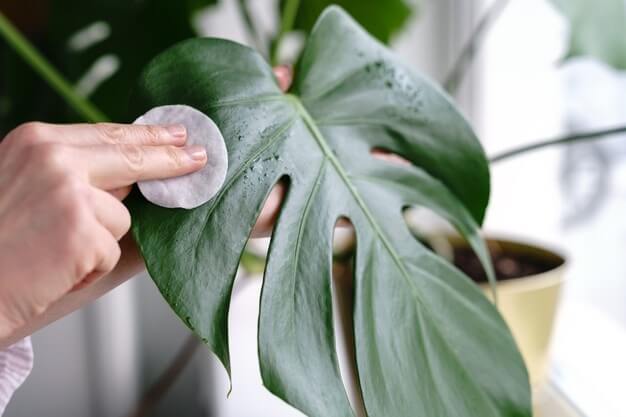 Source: Freepik
Source: Freepik
Mayonnaise might sound like an odd choice, but it works wonders for reviving dull houseplant leaves. Just dab a tiny bit of creamy mayo onto a soft cloth or cotton pad, then gently buff each leaf to restore its natural shine.
The oils in mayonnaise leave a lasting sheen and can help dust repel off broad-leafed plants like Monstera or Rubber Trees. Avoid using it on thin or fuzzy leaves, and don’t overdo it; too much residue can block the leaf’s ability to breathe.
Done right, it’s an easy way to make your indoor plants look lush and polished again.
#8 Fight Aphids Naturally with Liquid Soap Spray
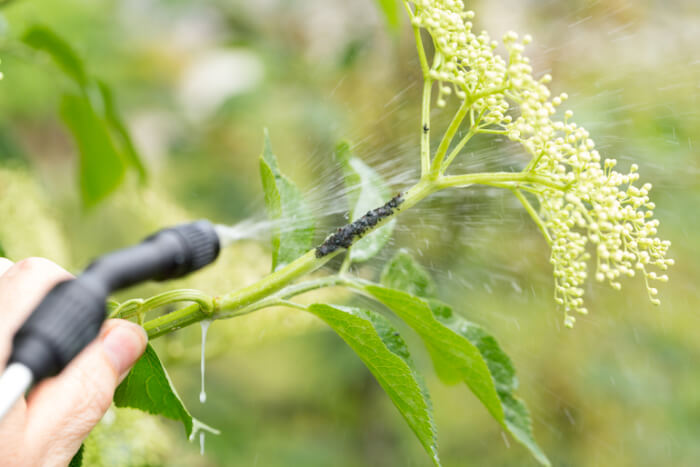 Source: Thompson-morgan
Source: Thompson-morgan
Those tiny sap-sucking aphids may look harmless, but they can wreak havoc on your garden fast. A quick, natural fix? A simple soapy spray.
Just mix 1 tablespoon of liquid dish soap into 500 ml of water, shake it well, and pour the mixture into a spray bottle. Mist it directly onto affected leaves and stems, especially where you spot clusters of aphids.
The soap breaks down the pests’ protective coating and suffocates them without harming your plants. It’s an easy and chemical-free way to keep infestations under control while staying kind to beneficial bugs. Reapply every few days for lasting results, especially after rain.
#9 Kill Weeds Naturally with Table Salt
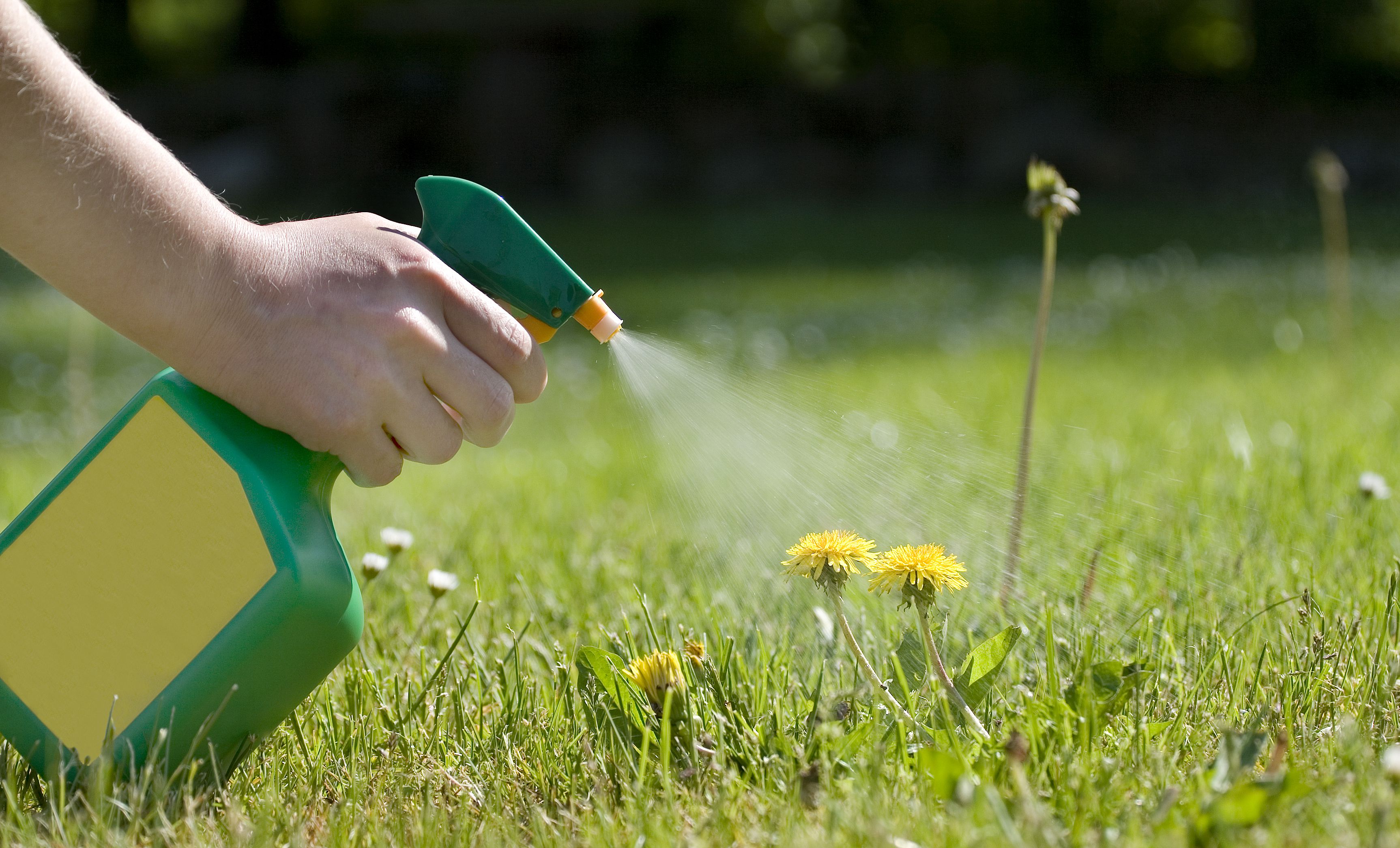 Source: Thespruce
Source: Thespruce
Table salt is a powerful, inexpensive weed killer when used with care. By dissolving 2–3 teaspoons of salt in 1 liter of boiling water, you create a natural herbicide that works best on stubborn weeds like dandelions.
Once the salt fully dissolves, pour or spray the solution directly onto the weed’s base, avoiding your desired plants. Salt dehydrates and kills the unwanted vegetation from the roots up.
It’s ideal for cracks in driveways, walkways, or other areas where you don’t want anything growing. But go easy, too much salt can damage the surrounding soil and hinder future planting. A little goes a long way.
#10 Mason Jars
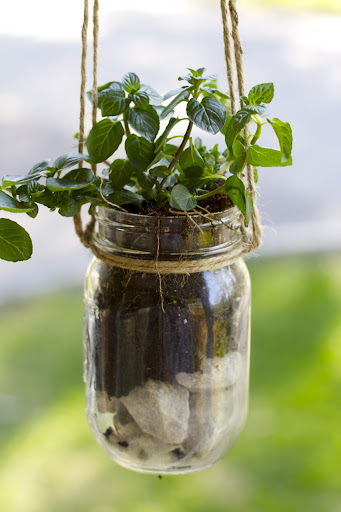 Source: Ramshackleglam
Source: Ramshackleglam
Don’t toss those empty mason jars; turn them into charming mini planters! These glass jars make great homes for herbs, succulents, or even trailing plants.
Their clear sides let you layer stones, charcoal, and soil beautifully while also monitoring root health. Hang them using twine or place them on a sunny windowsill to brighten up your space.
They’re perfect for small-space gardening, kitchen herb corners, or creative gift ideas. Just make sure to add a drainage layer at the bottom to keep roots from getting soggy.
#11 Spice Up Your Garden Defense with Cinnamon, Turmeric, and Pepper
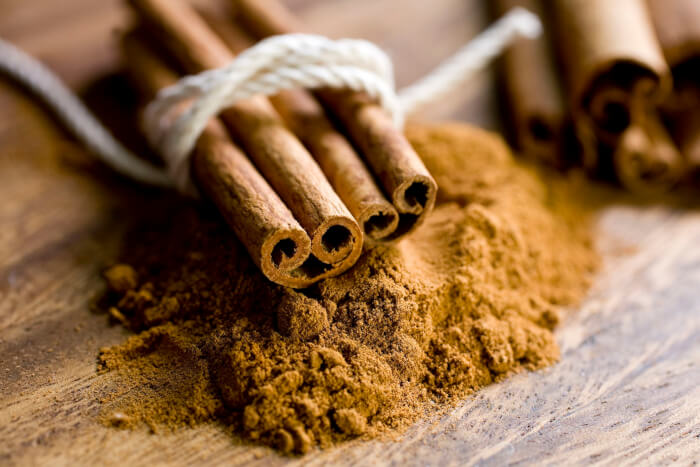 Source: Treehugger
Source: Treehugger
Your kitchen spices can double as natural garden guardians. Cinnamon, for example, is a powerhouse: it deters ants, squirrels, and rabbits, kills fungi like mushrooms, and even substitutes for commercial rooting hormones.
Just sprinkle it around seedlings or problem spots. Turmeric isn’t just for golden lattes; it works wonders in the garden by healing plant wounds and repelling ants.
And don’t overlook black pepper; its antibacterial punch can ward off pests and fungal infections. These fragrant pantry staples are affordable, safe, and surprisingly effective.
#12 Use Newspaper as a Simple Weed Barrier
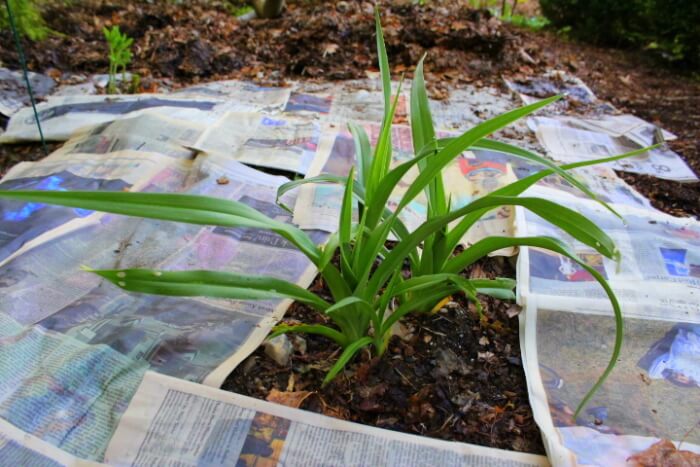 Source: Agardenforthehouse
Source: Agardenforthehouse
Skip the plastic landscape fabric and reach for yesterday’s paper. Newspaper works surprisingly well as a natural weed suppressant. Just lay down 5–8 sheets between your plants, water it lightly to keep it in place, then cover with mulch.
It blocks light to weed seeds while still allowing water and air to pass through. Over time, the newspaper breaks down and adds organic matter to your soil. This method is perfect for vegetable beds, flower borders, or even around shrubs.
Make sure to avoid glossy inserts, as they don’t break down the same way and can contain inks that aren’t garden-safe.
#13 Use Old Iron Nails to Boost Soil Iron
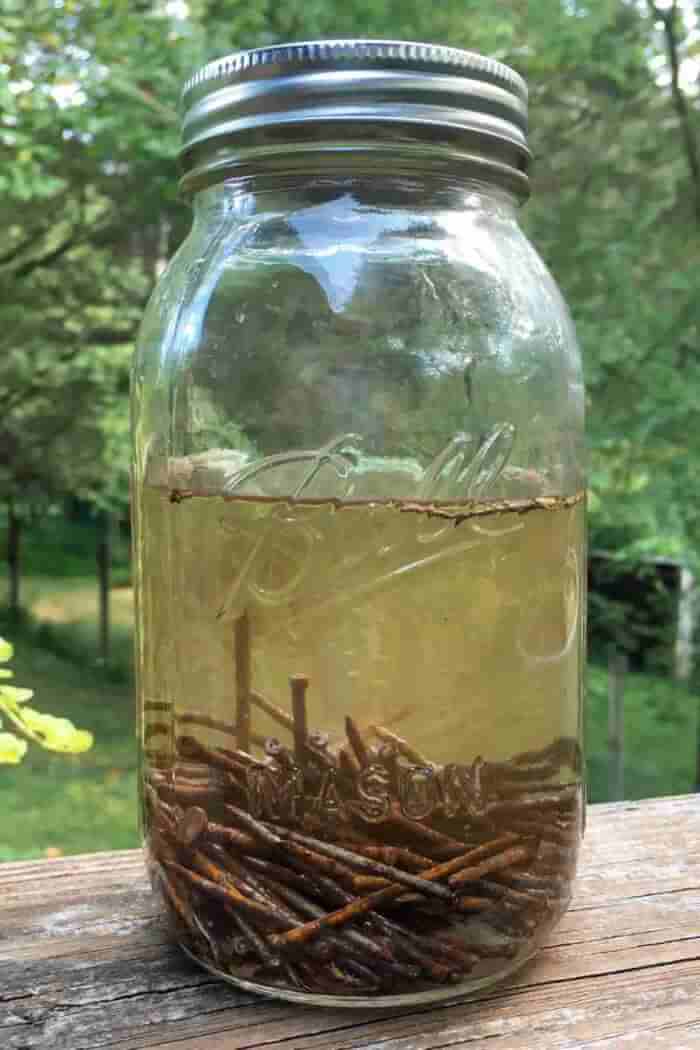 Source: Fiberartsy
Source: Fiberartsy
If you’ve got leftover rusty nails, don’t toss them; your acid-loving plants will thank you. Fill a mason jar or watering can with water and drop in a handful of old iron nails. Let it sit for 3 to 5 days.
The rusting process releases trace amounts of iron oxide into the water, which is especially beneficial for plants like hydrangeas, azaleas, and blueberries. Once the water has a slight amber tint, use it to water the base of these plants.
It’s an old-school gardening trick with real benefits, especially if your soil lacks iron. Plus, it’s a satisfying way to reuse forgotten hardware in a meaningful, garden-friendly way.
#14 Use Copper Tape to Keep Slugs Away
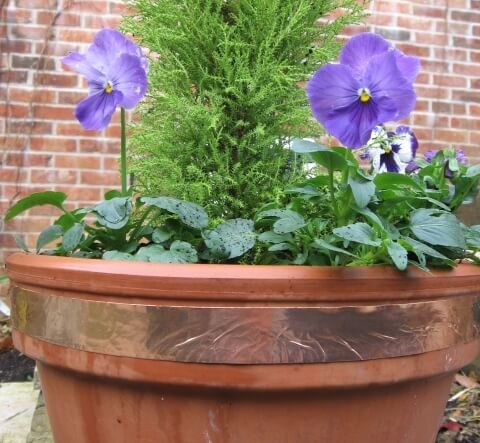 Source: Greengardener
Source: Greengardener
Slugs and snails hate copper, and this simple trick takes full advantage of that. Just wrap a strip of adhesive copper tape around your pots, garden beds, or raised planters.
When slugs try to cross it, the copper reacts with their slime, creating a tiny electric charge that repels them. It’s chemical-free, safe for pets and wildlife, and doesn’t lose effectiveness over time like sprays do.
Plus, it adds a charming, rustic touch to your container garden. A clever and low-effort way to defend your plants from slimy invaders. Make sure the tape goes all the way around with no gaps, or those sneaky pests will find their way in.
#15 Wrap Pots With Bubble Wrap for Winter Protection
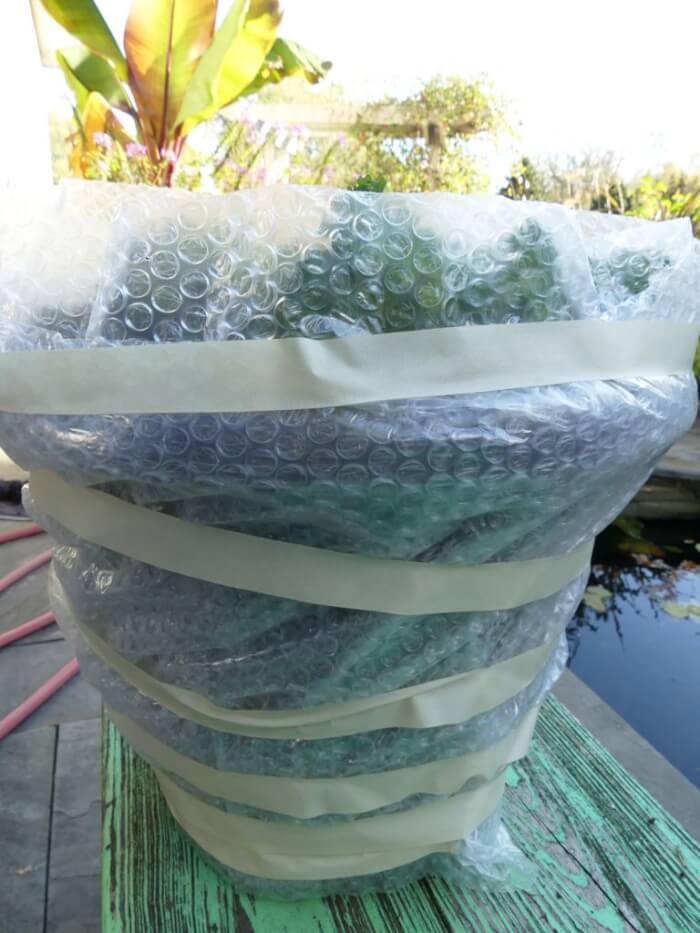 Source: Longfield-gardens
Source: Longfield-gardens
Don’t toss that leftover bubble wrap, use it to insulate your plant pots. Wrapping containers in bubble wrap helps shield roots from frost damage during cold snaps.
It traps warmth and acts like a thermal jacket, especially for ceramic or terracotta pots that crack easily in freezing temps. All it takes is a few layers wrapped around the outside and secured with tape.
You don’t need to wrap the base, just the sides where the root zone sits. It’s a thrifty trick that keeps your plants cozy and protected during winter chills. Plus, it’s quick to apply and remove when the sun returns.
#16 Turn Vintage Kitchenware Into Indoor Planters
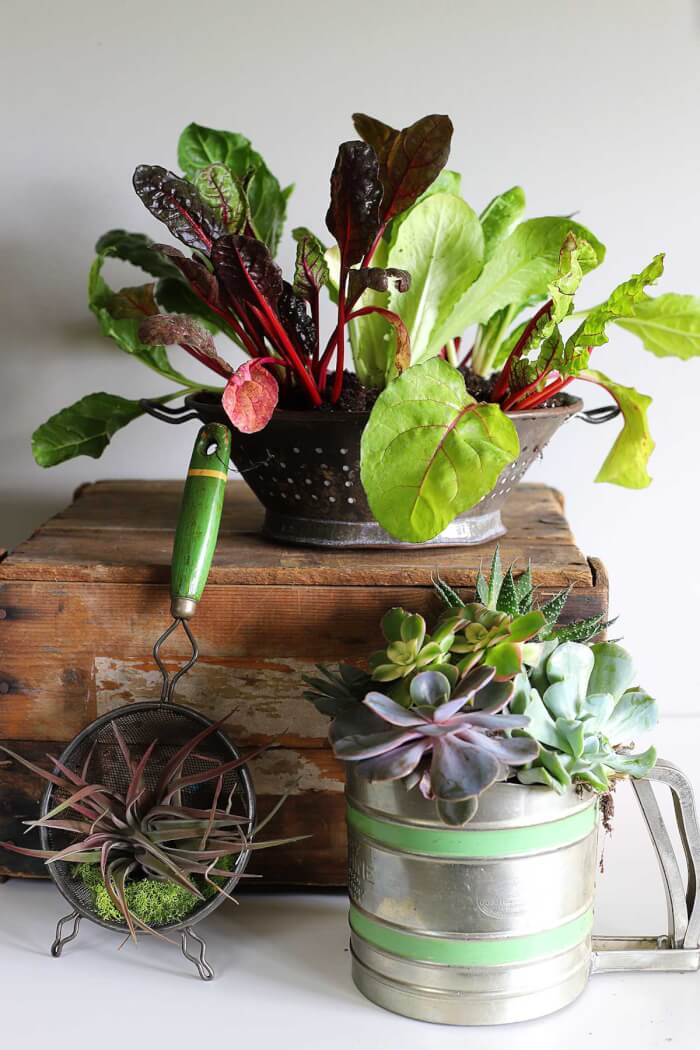 Source: Houseofhawthornes
Source: Houseofhawthornes
Give those old sifters, colanders, and strainers a second life as charming indoor planters. Their built-in holes offer excellent drainage, making them ideal for herbs, leafy greens, or even succulents.
You don’t need fancy equipment, just line the inside with coffee filters or burlap to hold soil, then fill with potting mix and plant your favorites. Small items like these are perfect for windowsills or kitchen counters.
If you’re short on space, hang them with twine or display them on stacked crates for an easy vertical setup. This upcycle idea is both functional and decorative, especially in farmhouse or rustic-style homes.
#17 Grow a Garden in a Pair of Jeans
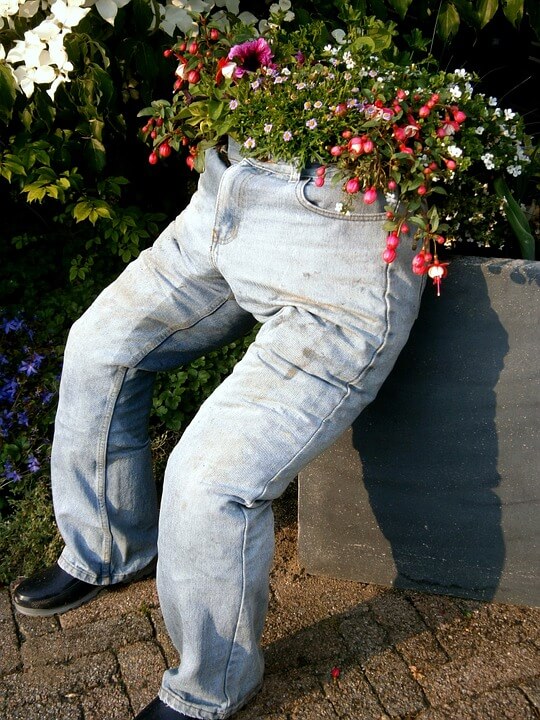 Source: Clairejustineoxox
Source: Clairejustineoxox
Ready for a planter that doubles as garden humor? Repurpose an old pair of jeans into a quirky flower display that’s impossible to ignore.
Just fill the legs with straw or old towels to help them sit upright, then insert a plastic container or grow bag in the waist to hold soil and blooming plants.
Flowers that spill over the top give the illusion of a blooming belly, while the jeans offer a fun humanlike silhouette. Sit it on a bench, prop it against a wall, or use it as a cheerful greeter near your entryway.
